Microtome
A microtome (from the Greek mikros, which means “tiny,” and temnein, which means “to cut”) is an instrument that is used to cut exceedingly thin portions of material/ tissue. These thin slices are called “ sections”
In routine histology/histopathology sections are taken from a block of embedded tissue.
Types of microtome
Rotary microtome : The most common
Mechanism : 360° rotation of a fine advance hand-wheel, which moves the specimen vertically past the cutting surface and back to its starting point.
Thus operates with a staged rotary action such that the actual cutting is part of the rotary motion.
In a rotary microtome, the knife is typically fixed in a horizontal position.
These can be manual, semi automated or automated types.

Advantages :
1. Because the machine is heavy, it is stable during cutting and does not vibrate.
2. It is possible to get serial sections
3. The angle of the cutting blade and the angle of the knife may both be modified.
4. Easy adaptation to all types of tissue sectioning ( ( hard, fragile, or fatty tissue).
Base sledge microtome
During sectioning, the specimen is held immobile and the knife glides over the top of it.
Applications : large blocks, hard tissues or whole mounts sections.
Rotary rocking microtome:
The retracting motion is utilized in cryostats to move the tissue block away from the knife on the upstroke, resulting in a flat face to the tissue block.
Sliding microtome:
In ths type of microtome, during sectioning, the knife or blade remains stationary as the specimen moves beneath it.
Freezing microtome:
This is equipped with a stage upon which tissue can be quickly frozen using either liquid carbon dioxide, from a cylinder, or a low temperature recirculating coolant.
The knife is moved whilst the tissue block remains static same as sliding microtome.
Used for cutting thin to semi-thin sections of fresh, frozen tissue
Ultra-microtome:
Used to take Ultra-thin sections of specimens. Specially used in electrom microscopy.
The ultramicrotome comes with either a diamond knife, which is used for most biological ultra-thin sectioning, or a glass knife, which is commonly used for first cutting.
Cryostat microtome [Cryotome]
A cryostat is a refrigerated cabinet that houses a specialised microtome and has all of the cabinet’s controls located outside of the cabinet. Primarily used for cutting sections of frozen tissue
Principle: The interstitial water in the tissue freezes into ice, making the tissue hard and acting as an embedding medium.
The freezing agents used include liquefied nitrogen (−190°C) isopentane (2-methylbutane) cooled by liquid nitrogen (−150°C) , dry ice (−70°C), carbon dioxide gas (−70°C)

Uses :
Rapid production of sections for intra-operative diagnosis
Enzyme histochemistry for labile enzymes
Immunofluorescent methodology
Laser microtome:
The instrument used for non-contact sectioning of biological tissues or materials.
A femtosecond laser, which emits light in the near-infrared spectrum, is used to cut the material.
It is possible to make slices with a thickness of 10 to 100 micrometres.
Can be used for very hard materials, such as bones or teeth

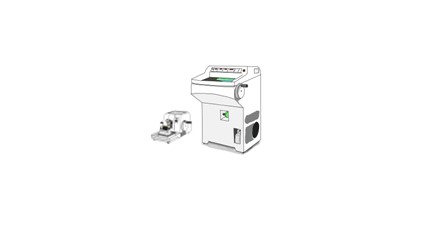
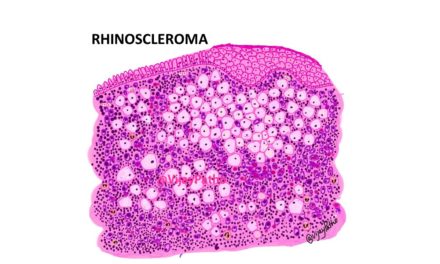
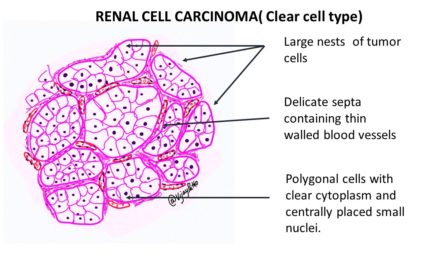
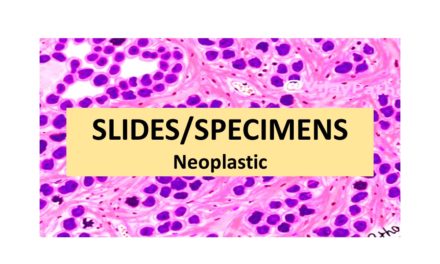
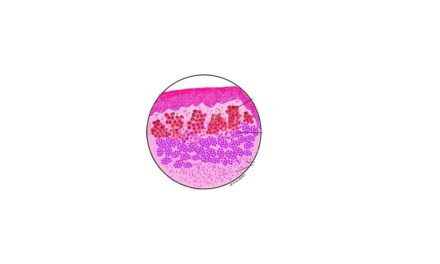





Recent Comments